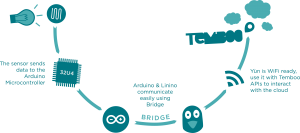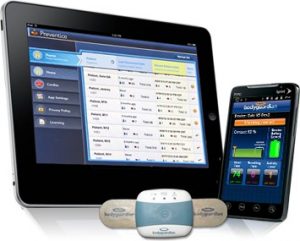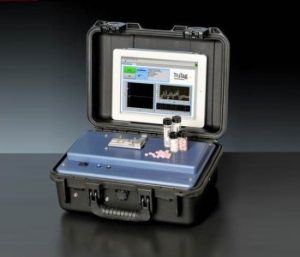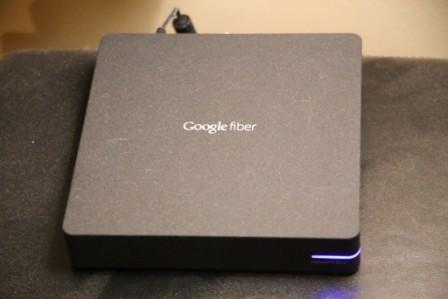The Internet of Things and Rural Health: Broadband Revolutionizing Rural American Healthcare Access

The internet of things – the network of internet (IoT) that connects devices (watches, computers, sensors, monitors, etc.) – makes sharing information easier than ever before. Timely access to information is crucial in every industry, but especially in the area of rural health, where it can mean the difference between life and death for a patient.

Rural patients, who may live hours from the nearest hospital, stand to benefit most from the expansion of the IoT into the healthcare industry. Remote monitoring reduces the cost of a hospital stay and lets doctors receive information about rural patients instantaneously in an emergency.
Rural patients will benefit from this great innovation only if we have broadband coverage throughout our rural communities. Running fiber in every rural town is prohibitive in terms of cost versus population density, and 4G LTE network can’t handle numerous devices simultaneously. So, 5G Network must be the answer.
The internet of things can help healthcare providers or concerned family members monitor, for example, the health and safety of an elderly relative.

Temboo is an IoT resource for programmers both professional and amateur. A Temboo video called “Aging in Place and the Internet of Things (Episode 12)” demos how to use an internet connected microphone and motion sensor to remotely monitor a retiree who lives alone [1].
Temboo’s solutions are do-it-yourself and, although the video walks you through every step of the process, they do require some computer savvy to set up. Temboo’s inventive projects are, however, a sign of what’s to come as the commercial healthcare industry adopts and markets IoT technology.
The IoT offers the potential for flexible patient monitoring beyond elderly care. Keeping patients in hospital beds is expensive for hospitals and, especially, for the patients. According to the Kaiser Family Foundation, one day of inpatient care in the United States costs, on average, $2,212 [2]. It’s cheaper to spend a night at the Ritz-Carlton New York in Manhattan than at an American hospital.
Luckily, internet connected monitoring devices – such as the BodyGuardian Remote Monitoring System – mitigate the risks of releasing patients to home care.

With this new technology, patients can recover comfortably and affordably in their own homes as their healthcare providers monitor their progress from afar.
One of the greatest challenges facing the healthcare industry today is the management of drugs. Many rural communities, for example, are affected by the ongoing opiate epidemic. The epidemic is a testament to the need of rural health care providers to regulate the supply and consumption of drugs more closely.
Can providers realistically manage the dispensing of drugs to patient without the risk of abuse, especially for patients who rely on technology in rural communities to dispense their drugs in a home setting? Will technology seriously control a human desire(s) to consume more drugs?
In 2004, the Food and Drug Administration (FDA) began recommending that suppliers tag medication containers with RFID (radiofrequency identification) tags. These tags make it easy for rural health care providers and patients themselves to verify that the drugs they are prescribing or using are authentic and easy for regulators to track the drug supply chain [3].

Even more urgent, perhaps, is the need to track consumption. Companies like WuXi PharmaTech and TruTag Technologies are developing internet connected pills that share information about the patient’s medication regiments with healthcare providers and the patents themselves [4]. These pills can help fight addiction, overdose, and the other risks associated with taking medication.
Health data is incredibly sensitive. The IoT makes sharing health data more efficient than ever, but it also makes health data more vulnerable than ever.
If health data is not properly secured on the IoT, patients may think twice about seeking help for stigmatized conditions like addiction and sexually transmitted diseases.
Luckily, internet security is on everyone’s minds these days. The BodyGuardian system that I mentioned above, for example, encrypts data and also separates the data stream from the identification information, so that hackers cannot immediately connect a stream to a specific patient. Similar measures in other devices can protect patients from the possibility of having their confidential information hijacked.
What happens when the hacker hacks a way around the security to acquire the patient’s full unencrypted information? This reminds me of the foxes and rabbits. One preys on the other. As the foxes get older and slower, there is a dramatic increase in the rabbit’s population, but when the younger foxes mature, the rabbits’ population diminishes. When does the back and forth mechanics stops?





